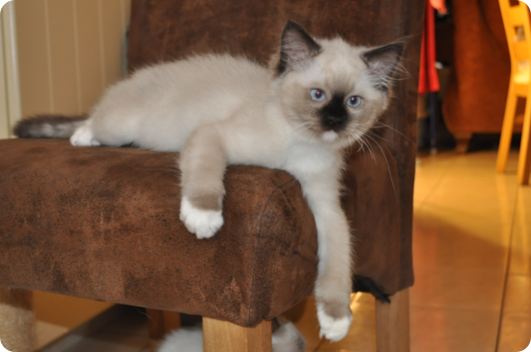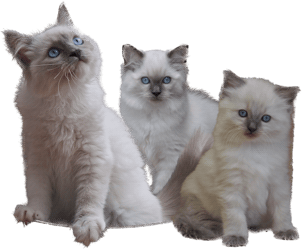Information about the Ragdoll
History
The origin of the Ragdoll breed is both controversial and mysterious. The breed was created in the 1960s by Ann Baker, an American breeder from Riverside, California. She used Josephine, an ordinary street cat, as the foundation for the breed. After a car accident, Josephine's kittens began to display a calm and social demeanor. Ann decided to continue breeding with these special kittens, thus creating the Ragdoll. Despite Ann's eccentric claims and strict rules, the breed grew worldwide and is now one of the fastest-growing cat breeds.
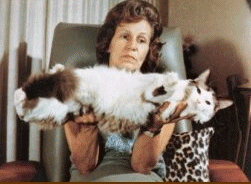
Character traits
Ragdolls are true ragdolls: they completely relax when you pick them up and are friendly, gentle, and obedient. They are very attached to their owner and follow them around the house like a shadow. Ragdolls are social, calm, playful, and get along well with other animals and children. Due to their affectionate nature, we recommend keeping at least two cats if you're often away. Ragdolls are less stubborn than other cats and can easily be trained.
Read more
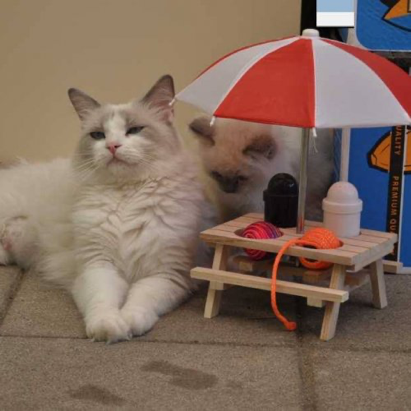
The appearance of the Ragdoll
The first thing that stands out about a Ragdoll is its impressive size. Females weigh between 3 and 6 kilograms, while males weigh between 5 and 10 kilograms. They are muscular, with broad shoulders, a powerful chest, and blue eyes. Their coat is medium-length and silky soft, with longer fur around the neck and shoulders. Ragdolls are "pointed" cats, which means their face, ears, legs, and tail are darker than the rest of their body. They come in three varieties: Colourpoint, Mitted, and Bi-colour.
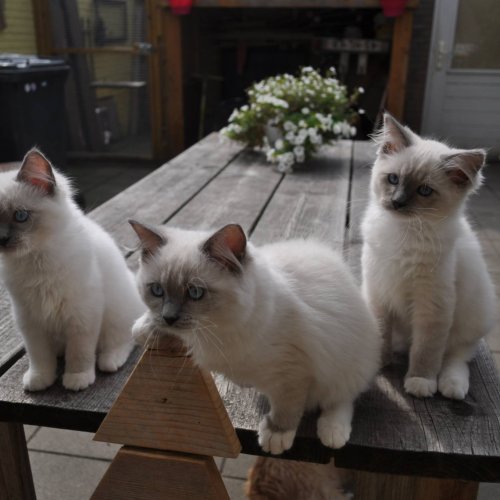
Care for a Ragdoll
Ragdolls are known as a breed that requires little grooming. Their silky coat does not tangle easily and only needs to be brushed weekly. Although Ragdolls do not have specific health problems, it is important to choose a reliable breeder. Due to their trusting nature, Ragdolls are better off not going outside alone, as it can be dangerous. Staying indoors is safer and extends their lifespan. They can also be trained to go outside on a leash.
